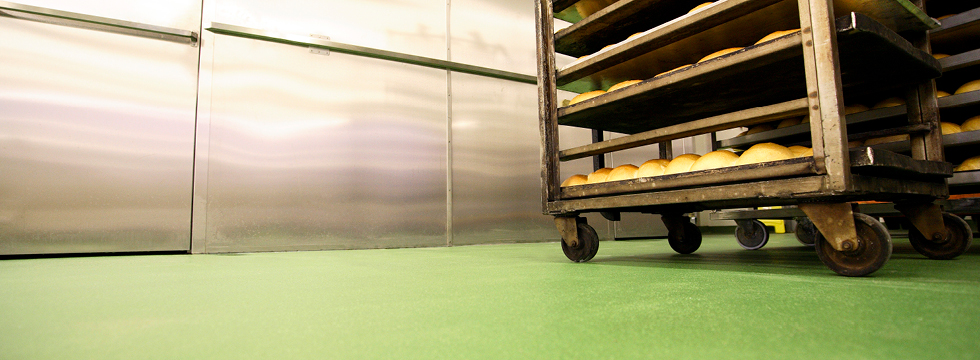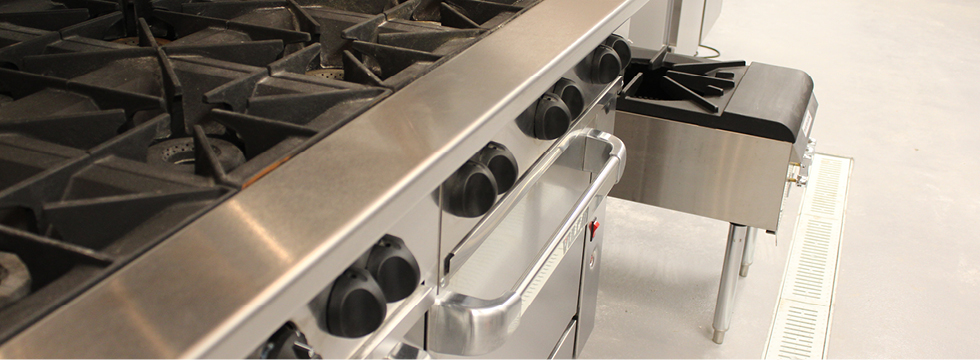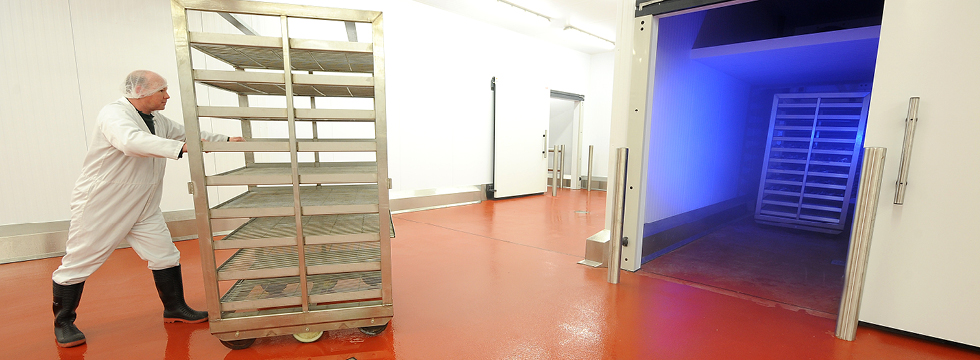Extreme Temperatures
The floor area can be very sensitive to changes in temperature, whether it’s excessively high, below freezing, very sudden or over a long period of time.
Thermal shock for example can quickly cause a floor finish to crack, this often occurs during situations such as when the floor is steam cleaned at 120°C or if it is subjected to blasts off -25°C air from an open cold store unit.
Thick, polyurethane floor finishes are able are highly effective at resisting thermal shock, for example Flowfresh HF in a 9 mm thick layer will provide an effective barrier against the majority of extreme temperature situations.
This temperature resistance extends to avoiding failures from thermal cycling, when the floor’s temperature is gradually raised or lowered over time. Polyurethane’s thermal coefficient of expansion is similar to concrete, which means that the finish will expand and contract at the same rate as the substrate. Failing to move with the underlying concrete could lead to cracks, debonding or delamination.
For temperatures up to 165°C choose a vinyl ester system formulated to protect concrete and metal structures in aggressive environments.
Recommended Systems
Flowcrete Asia recommends the following systems when temperature resistance is a key flooring requirement…












